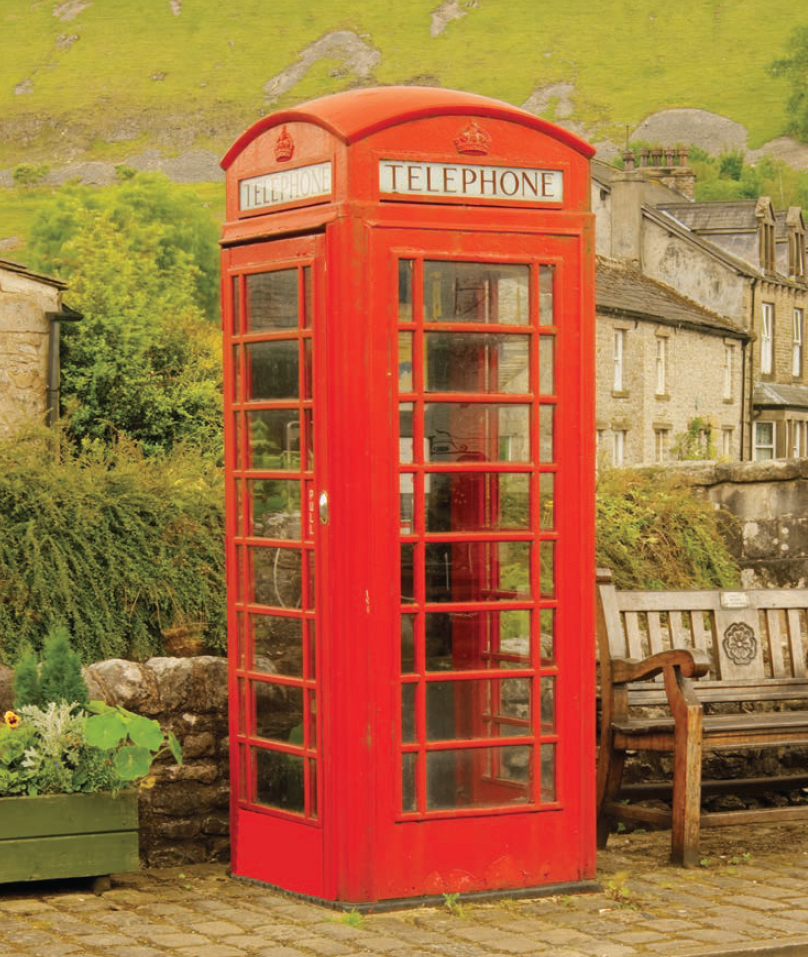
Finding a red telephone box in pre-mobile days was a constant bind when trying to put out the news of a rarity or, later, phoning a bird news service; many have now been sold off, scrapped or fallen into disrepair.
46 : Public telephone box
1920

Finding a red telephone box in pre-mobile days was a constant bind when trying to put out the news of a rarity or, later, phoning a bird news service; many have now been sold off, scrapped or fallen into disrepair.
Ever since Alexander Graham Bell patented its invention in 1876, the telephone has been of paramount importance in communications. Its use in birding escalated away from casual communication when twitching really began to catch on, most notably from the late 1970s and 1980s onwards, and the urgent reporting of rare bird sightings became necessary for this sub-hobby to be pursued effectively. In the days before mobile phones, regular stops at public phone boxes became an essential activity on twitches, either to find out if a bird was still present, or to report a sighting to others.
To a significant extent at that time, the unofficial grapevine on which competitive birding depended centred on the twin Norfolk hubs of Nancy’s Café, Cley (see pages 146–147), and nearby Walsey Hills NOA reserve. Both were key birding assembly points which had unofficial hotlines that birders would regularly ring for news. By the mid-1980s this cottage communications industry took firm root with the establishment of Birdline, a name originally coined by Walsey Hills warden Roy Robinson, and the Bird Information Service’s Bird Alert. Initially using periodically updated answering machine messages listing rare bird sightings and access details, the services became popular and soon merged.
The resulting operation, which retained the Birdline name, went on to adopt a premium rate telephone number and then spawn a network of regional bird news franchises. Refining the concept still further, in 1991 Norwich-based Rare Bird Alert introduced a national paging service (see pages 178–179), while for many others the internet took over around the turn of the century as the BirdGuides.com website and its different web-based alerts soared in popularity.
But for all the competition in the bird news market, it’s clear that there remains a role for phones, as mobile handsets (see pages 148–149) become more and more sophisticated and services like Twitter increase the potential for using them in various ways in the ‘sport’ of birding.